HbA1c and Risks of All-Cause and Cause-Specific Death in Subjects without Known Diabetes: A Dose-Response Meta-Analysis of Prospective Cohort Studies
- PMID: 27045572
- PMCID: PMC4820688
- DOI: 10.1038/srep24071
HbA1c and Risks of All-Cause and Cause-Specific Death in Subjects without Known Diabetes: A Dose-Response Meta-Analysis of Prospective Cohort Studies
Abstract
Whether HbA1c levels are associated with mortality in subjects without known diabetes remains controversial. Moreover, the shape of the dose-response relationship on this topic is unclear. Therefore, a dose-response meta-analysis was conducted. PubMed and EMBASE were searched. Summary hazard ratios (HRs) were calculated using a random-effects model. Twelve studies were included. The summary HR per 1% increase in HbA1c level was 1.03 [95% confidence interval (CI) = 1.01-1.04] for all-cause mortality, 1.05 [95% CI = 1.02-1.07) for cardiovascular disease (CVD) mortality, and 1.02 (95% CI = 0.99-1.07) for cancer mortality. After excluding subjects with undiagnosed diabetes, the aforementioned associations remained significant for CVD mortality only. After further excluding subjects with prediabetes, all aforementioned associations presented non-significance. Evidence of a non-linear association between HbA1c and mortality from all causes, CVD and cancer was found (all Pnon-linearity < 0.05). The dose-response curves were relatively flat for HbA1c less than around 5.7%, and rose steeply thereafter. In conclusion, higher HbA1c level is associated with increased mortality from all causes and CVD among subjects without known diabetes. However, this association is driven by those with undiagnosed diabetes or prediabetes. The results regarding cancer mortality should be treated with caution due to limited studies.
Figures
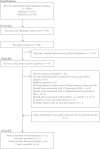
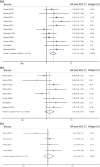
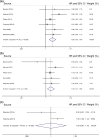
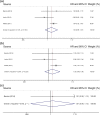
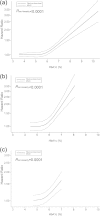
References
-
- World Health Organization. Use of glycated haemoglobin (HbA1c) in the diagnosis of diabetes mellitus: abbreviated report of a WHO consultation. 2011. Geneva : World Health Organization (2013). - PubMed
Publication types
MeSH terms
Substances
LinkOut - more resources
Full Text Sources
Other Literature Sources
Medical

